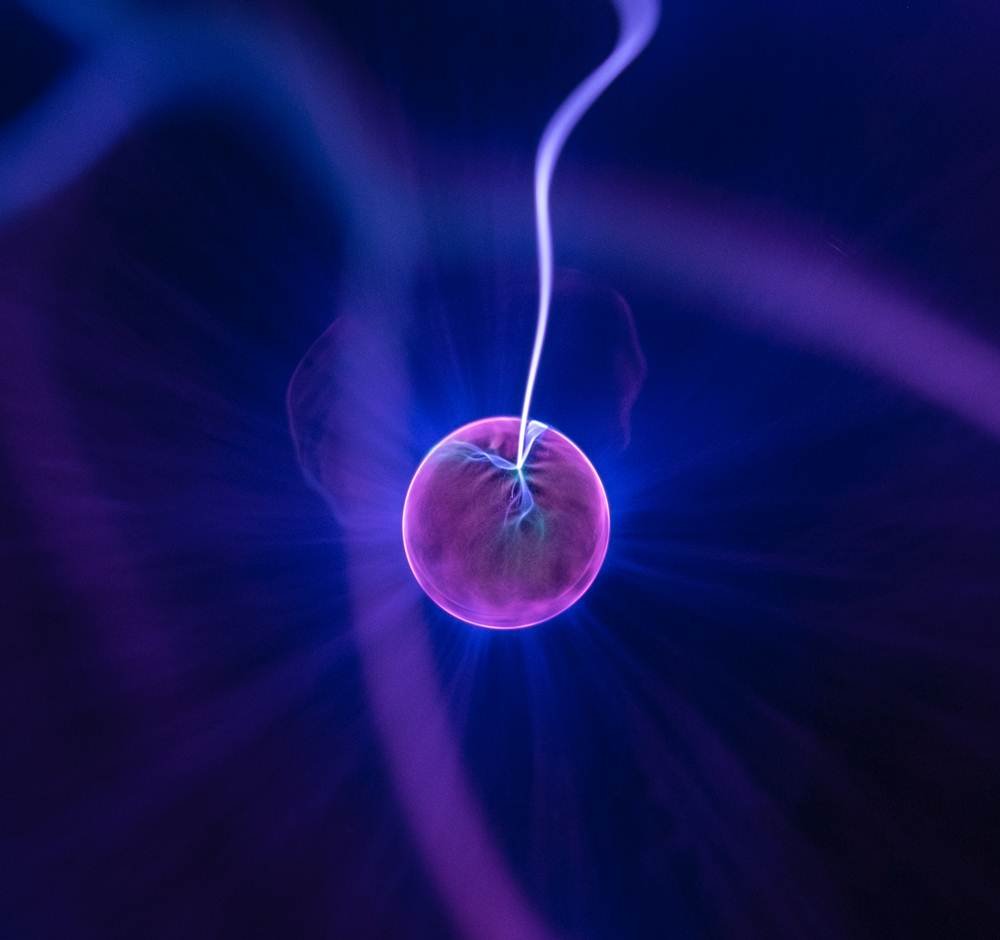Biological Molecules
What elements take part in the formation of our body? What is the relationship between atoms and molecules? What are organic molecules?
About 98% of the body mass of all living beings is made up of six elements. These elements are oxygen, carbon, hydrogen, nitrogen, calcium, and phosphorus. The rest of the body mass is made up of about 14 elements.
All the above elements combine to form simple molecules and simple molecules combine to form complex molecules. Water, carbohydrates, fats, proteins, and nucleic acids are called organic molecules.
Structure and interaction of atoms and molecules
Atom

Atom is the smallest part of any element, in which the chemical and physical properties of that element are present.
An atom is not an indivisible unit but it is made up of a proton, neutron, and electron. These are called subatomic units.
Protons have a positive charge and electrons have a negative charge. Protons and neutrons together form the nucleus or nucleus of an atom.
The electrons outside the nucleus keep moving in fixed orbits. The number of electrons is equal to the number of protons present in the nucleus.
Molecule
Atoms combine to form molecules; For example, two hydrogen atoms (H) combine to form a hydrogen gas molecule (H2).
Similarly, two hydrogen atoms (2H) and one oxygen (O) atom combine to form a water molecule (H2O).
Those ‘molecules’ which make up the body of an organism and are necessary for the activities of the body are called biological molecules.
Water, carbohydrates, fats, proteins, and nucleic acids are called biological molecules.
They are mainly made up of elements like oxygen, carbon, hydrogen, nitrogen, calcium, phosphorus, etc.
Synthesis of biological molecules
Biomolecules are synthesized in plants and animals. Green plants synthesize organic molecules from inorganic molecules by photosynthesis. Animals take them as food.
The basic molecules in the animal body are synthesized from the molecules necessary for them; like-
Animals make glycogen from the glucose produced by photosynthesis.
Similarly, amino acids synthesized by plants form essential proteins in the animal body.


5 replies on “Biological Molecules”
Its like you read my mind! You appear to know so much about this, like you wrote the book in it or something. I think that you can do with some pics to drive the message home a little bit, but instead of that, this is excellent blog. A great read. I’ll certainly be back.
That is very fascinating, You’re a very professional blogger. I’ve joined your rss feed and look forward to seeking more of your magnificent post. Additionally, I have shared your site in my social networks!
You completed various good points there. I did a search on the topic and found mainly people will go along with with your blog.
After research just a few of the blog posts in your website now, and I really like your manner of blogging. I bookmarked it to my bookmark website record and shall be checking back soon. Pls check out my web page as well and let me know what you think.
It’s a shame you don’t have a donate button! I’d without a doubt donate to this outstanding blog! I guess for now i’ll settle for bookmarking and adding your RSS feed to my Google account. I look forward to brand new updates and will share this website with my Facebook group. Talk soon!